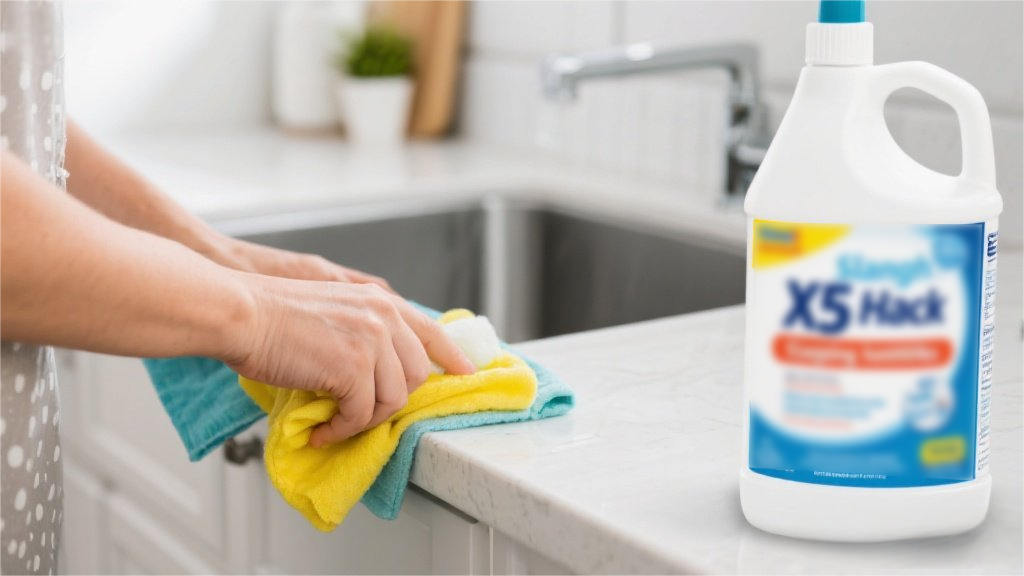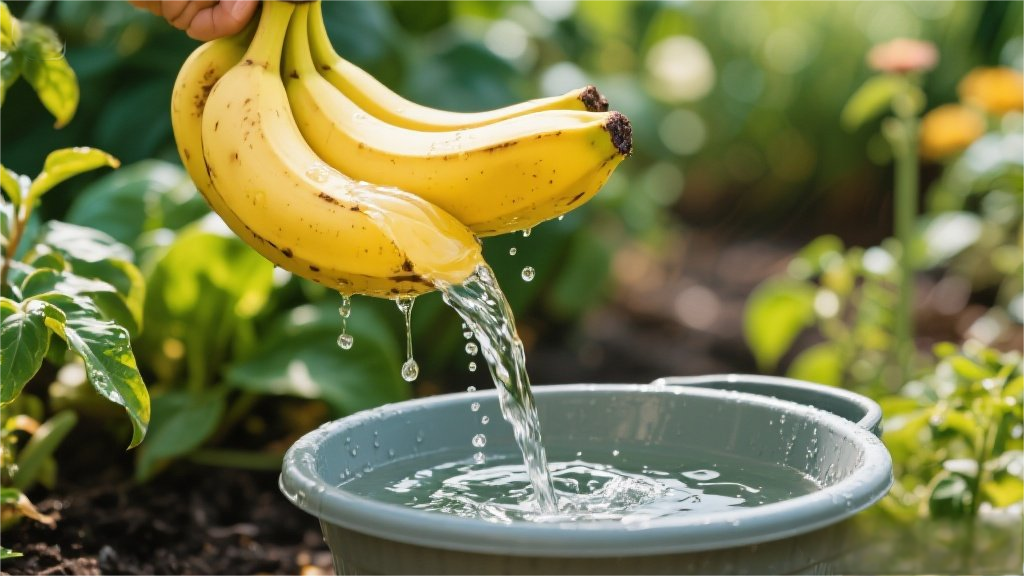Invisible ink might sound like something straight out of a spy movie, but it's actually rooted in real science—and you can whip up your own version at home with stuff you probably already have in your kitchen. The magic behind invisible ink lies in chemical reactions that make certain substances appear or disappear under specific conditions, like heat, light, or even another chemical. Whether you're leaving secret messages for fun or just geeking out over chemistry, making invisible ink is a simple and fascinating experiment.

At its core, invisible ink works because some compounds change color when exposed to certain triggers. For example, lemon juice—a classic DIY invisible ink—contains organic acids that weaken paper fibers. When heated, these weakened areas oxidize faster than the surrounding paper, turning brown and revealing the hidden message. Other substances, like baking soda or milk, work similarly, reacting to heat or UV light to become visible. Even commercial spy pens use chemicals like phenolphthalein, which turns pink when exposed to a basic solution (like ammonia or baking soda mixed with water). The key takeaway? Invisible ink isn’t just Hollywood magic—it’s science in action.
If you’re looking for the easiest way to make invisible ink, lemon juice is your best bet. All you need is a lemon, some water, a cotton swab or paintbrush, and a heat source (like a light bulb or iron). Squeeze the lemon juice into a small bowl, dilute it slightly with water, and use the swab to write your message on plain white paper. Let it dry completely—your message will vanish. To reveal it, gently heat the paper by holding it near a light bulb or ironing it on low heat (no steam!). The acid in the lemon juice will darken, exposing your secret words. Pro tip: Don’t press too hard with the swab, or you might damage the paper before the message even appears.
Baking soda is another household staple that doubles as invisible ink. Mix equal parts baking soda and water to create a clear solution, then use it to write your message. Once dry, the writing will be invisible until you paint over it with grape juice (thanks to its acidity) or heat it. The baking soda reacts with the grape juice’s anthocyanins—a pigment that changes color based on pH—turning your message purple. If you’re using heat, the same browning effect as lemon juice occurs, but baking soda tends to leave a smoother, less brittle result. Bonus: This method is great for kids since it’s non-toxic and easy to clean up.
Before modern chemistry, people used milk or honey as invisible ink. Both contain sugars and proteins that caramelize when heated, turning your hidden message a light brown. Dip a brush or toothpick in milk, write your note, and let it dry. To reveal it, heat the paper carefully—overdoing it can scorch the paper. Honey works the same way but can be a bit sticky. Fun fact: Historical figures like George Washington and the Culper Spy Ring used milk-based invisible ink during the American Revolution to pass coded messages. So, if it worked for spies, it’ll definitely work for your prank notes to your roommate.
If you want to level up your invisible ink game, try UV-reactive substances like tonic water (which contains quinine) or highlighter fluid. Write your message under normal light, and it’ll seem to disappear—until you shine a blacklight on it, causing the ink to glow blue or yellow. This method is perfect for parties or escape room-style games. Just be aware that some UV inks fade over time, so your secrets might not stay hidden forever. For a stronger effect, you can buy specialized UV inks online, but tonic water is a fun, drinkable alternative (though we don’t recommend drinking your ink).
While most homemade invisible inks are safe, a few precautions are worth noting. Avoid using harsh chemicals like bleach or ammonia unless you’re in a well-ventilated area and wearing gloves. If you’re heating paper, keep an eye on it to prevent fires (no microwaving!). And if you’re experimenting with kids, stick to food-based inks like lemon juice or milk. Lastly, test your ink on a small corner of the paper first—some papers or inks might not play nice together, leaving you with a smudged mess instead of a crisp reveal.
Invisible ink is a perfect blend of science and mischief, whether you’re a history buff, a chemistry nerd, or just someone who loves a good secret. With a few household items and a little patience, you can send coded messages, create treasure hunts, or even prank your friends—all while learning some cool chemistry along the way. So grab a lemon, turn up the heat, and start writing your next covert masterpiece.
























